Last updated on April 19, 2024

Manamorphose | Illustration by Adam Paquette
The launch of Strixhaven: School of Mages brought an update to one of the longest standing terms used in the game. To make a long story short, “converted mana cost” (also known as CMC) was been replaced with a new term: “mana value.”
Today I want to take a look at what exactly a mana value is, why this change was made, and some of its most common rules interactions. Let’s get right into it!
What Is Mana Value?
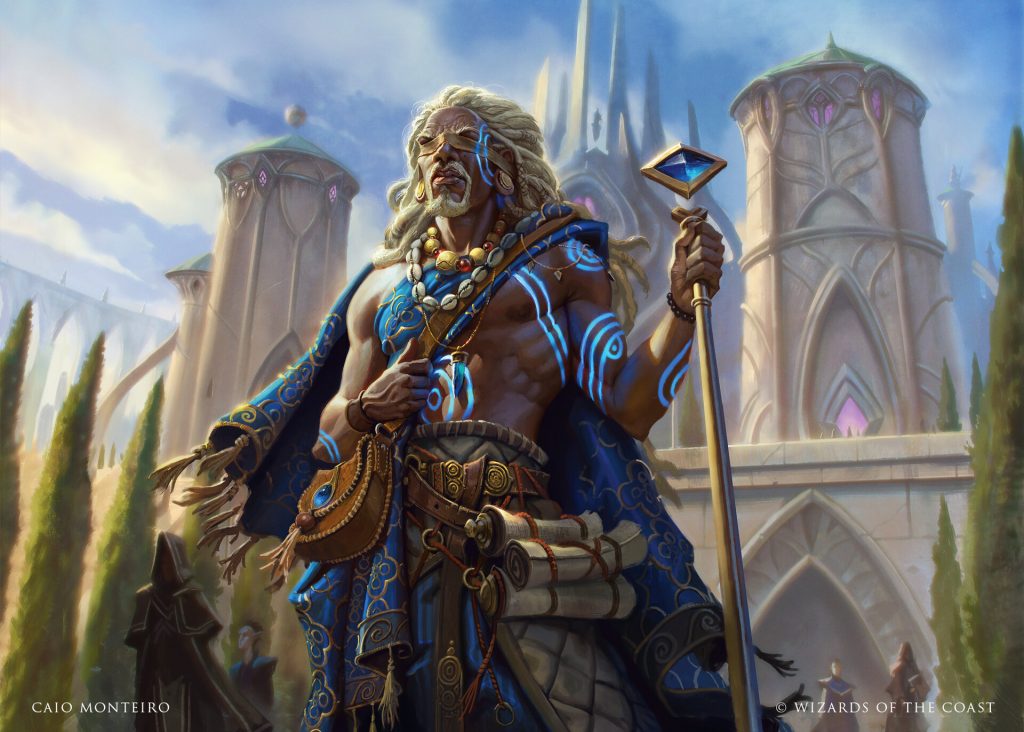
Archmage Emeritus | Illustration by Caio Monteiro
Mana value is a number equal to the total mana cost of any Magic object (a card or token), regardless of the colors used. There are lots of different values represented by numbers in Magic. There’s your life total, a creature’s power and toughness, the number of cards in a particular zone, and so on.
Mana value is a neat way to convert the mana cost of a card into a number that can be compared against these other numbers in a game. You may, for example, see effects like “You gain life equal to the creature’s mana value” or “Counter target spell with mana value 4 or greater.”
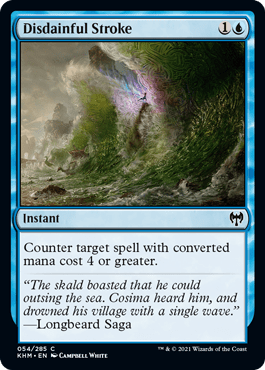
How to Calculate a Card's Mana Value
To get a card’s mana cost to a mana value, simply count the number of individual mana symbols and then add the amount of generic mana. For example, Archmage Emeritus has a mana cost of 2UU. This gives it a mana value of 4. One for each of the blue mana symbols plus two generic mana. If we look at Returned Pastcaller, it has a mana value of 6.
There are some cards, like Living End or Ancestral Vision, that have no mana cost. A card that doesn’t have a mana cost is considered to have a mana value of 0. Similarly, there are some mana symbols that aren’t used in every set. The Phyrexian mana symbols, the colorless mana symbol, and the snow mana symbol each contribute one to a card’s mana value. The mono-colored hybrid mana symbols like the on Spectral Procession count as 2 towards a card’s mana value.
Mana Value vs. Converted Mana Cost

Living End | Illustration by Greg Staples
Moving forward, all references to CMC will be updated to say “mana value” instead. All rules regarding CMC will remain the same. Mana value is an update to the phrasing and doesn’t change any of the game’s rules.
The Switch: When and Why CMC Changed to Mana Value
Magic has used CMC for a long time, so why change it now with the release of Strixhaven? CMC was originally introduced in the Sixth Edition rules change in 1999, one of the biggest rules changes in the game’s history. It replaced the terms “casting cost” and “total casting cost” that had been used ever since the start of the game.
CMC is a pretty technical name for what it’s representing, and game designers are always looking to find ways to simplify game terms for new players. In addition, they also look to find ways to shorten lines of text that are used frequently to make cards easier to read. This is why so many of Magic’s most common mechanics are keyworded. The change from “converted mana cost” to mana value improves the term on both of these axes.
It seems that the Magic community has adapted to the change just fine. Here is a poll we ran when it was first rolled out, and I would say the prediction held up.
Now that we’re familiar with mana value, let’s explore some of the more specific rules associated with it.
Do Lands Have a Mana Value?
Objects that have no mana cost are considered to have a mana value of 0. This is also true of lands.
How is X Treated in the Mana Value?
The variable mana symbol X is the only way in which an object’s mana value can ever change. An X in a card’s mana cost is counted as 0 towards its mana value, except when that card is being cast. While on the stack, X takes the value of whatever value you’ve chosen when casting the card. Let’s look at some examples:
- Confront the Past has a mana value of 1, but if you cast it for X=4 then it will have a mana value of 5 (4+1) on the stack.
- Exponential Growth has a mana value of 2, but if you cast it for X=2 then it will have a mana value of 6 (2+2+1+1) on the stack.
- Crackle with Power has a mana value of 2, but if you cast it for X=3 then it will have a mana value of 11 (3+3+3+1+1) on the stack.
There are a number of popular cards that use X in their mana costs and enter the battlefield with X counters, like Chalice of the Void or Stonecoil Serpent. Despite having mana values based on X while on the stack, all of these cards will still consider X to be 0 when they’re on the battlefield, no matter how many counters they have.
If a Spell Costs Less, Is Its Mana Value Reduced?
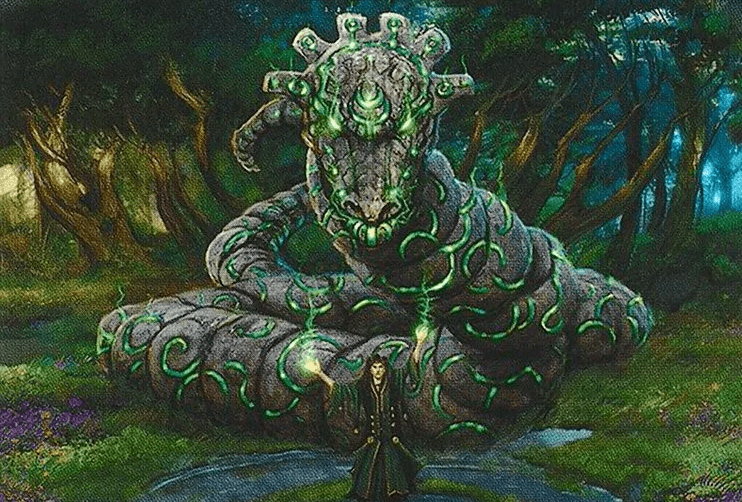
Stonecoil Serpent | Illustration by Mark Poole
An object’s mana value is always based on the mana cost of the object. Even if you pay more or less to cast it or use an alternate casting cost, the mana value will remain the same.
For example, Strixhaven contains a cycle of “Mastery” spells that you can cast for an alternate cost if you give your opponent a benefit. Devastating Mastery has a mana value of 6, even if you use its alternate cost of 2WW. Ingenious Mastery has a mana value of 3 (or X+3 on the stack). When being cast for its alternate cost, you don’t choose a value for X, so its mana value remains at 3.
What’s the Mana Value of a Split Card?
Split cards are a popular mechanic from Magic’s history and the way they interact with mana values has changed over the years. Right now, we have a very simple answer. To calculate the mana value of a split card, just add the mana values of each half.
When you’re casting the card, you only care about which side you’re casting. Cube all-star Fire // Ice has a mana value of 4, whereas each of the halves have mana values of 2 while on the stack. Commit /// Memory has a mana value of 10, but just 4 or 6 on the stack depending on which half you’re casting.
What's the Mana Value of a Fuse Card?
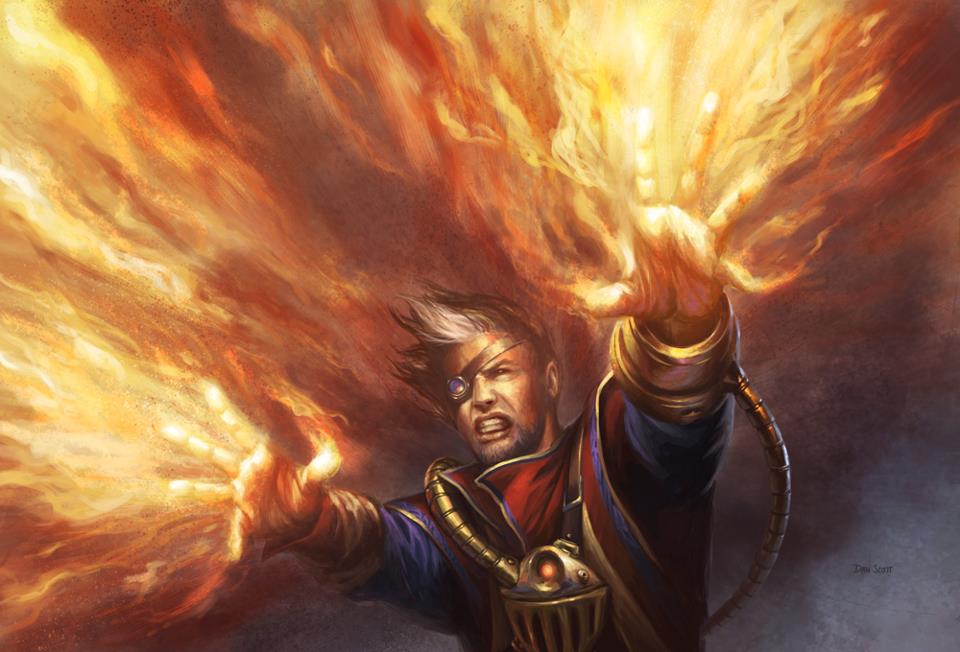
Fire // Ice | Illustration by Dan Scott
Fuse is a mechanic printed on 15 split cards from Dragon’s Maze. While they normally let you cast either side, fuse gives you a third option to cast both halves together. How does this relate to mana values?
First of all, these cards follow all of the same rules as set out above for regular split cards. If you choose to cast them with fuse, that spell will have the combined mana cost and mana value of both halves on the stack. Far // Away cast with fuse has a mana value of 5 and Armed // Dangerous cast with fuse has a mana value of 6.
Is Kicker Part of the Mana Value?
Kicker is one of Magic’s most popular mechanics, allowing you to pay an additional cost to get an additional effect from your spells. Mana value is based entirely off of the mana cost printed on each card, so kicked spells will still have the same mana value as though they weren’t kicked. For example, Roost of Drakes will always have a mana value of 1, even when cast for 4 mana with its kicker cost. Murasa Sproutling will always have a mana value of 3, etc.
What’s the Mana Value of a Token?
The reason I’ve used the word “object” instead of “card” so far is because tokens also have mana values. As I mentioned, mana values are based on an object’s mana cost.
Tokens therefore typically have a mana value of 0, as most of them don’t have mana costs. The exception to this is when you create a token copy of another object. The copy will also copy the mana cost of the original. For example, if you use Osgir, the Reconstructor to create two copies of Triplicate Titan, then both of the copies will still have a mana value of 9.
What's the Mana Value of a Morph Creature?

Osgir, the Reconstructor | Illustration by Victor Adame Minguez
Morph spells have a lot of weird rules interactions but the rules regarding mana values are fortunately very simple. If you cast a morph spell face-down, it has a mana value of 0 while on the stack and for as long as it remains face-down on the battlefield. As soon as you turn it face-up, it has whatever mana value it would normally have.
What's the Mana Value of a Mutated Creature?
Ikoria’s mutate mechanic also has plenty of rules headaches associated with it. For mana values, the following rules apply:
- The mana value of a creature being cast for its mutate cost is based on whatever its mana cost is. Auspicious Starrix has a mana value of 5 even when cast for 6 with mutate.
- The mana value of a mutated creature is based on whatever creature is on the top of the stack. Other creatures in the stack don’t contribute. If you control a Migratory Greathorn and you mutate an Auspicious Starrix onto it, the resulting stack will have a mana value of 4 if you put Starrix on the bottom and a mana value of 5 if you put it on top.
What's the Mana Value of a Commander (With the Tax)?
In a game of Commander, one of the rules that sets the format apart from others is the commander tax rule. Like with other additional costs, no amount of tax will affect your commander’s mana value. For example, Jeleva, Nephalia's Scourge (one of my personal favorite commanders) interacts positively with commander tax by caring about how much mana you’ve spent to cast it. Even if you spend 8 mana in total to cast it, Jeleva’s mana value will still be 4.
If a Card Transforms, What Is Its Mana Value?

Jeleva, Nephalia's Scourge | Illustration by Cynthia Sheppard
Although the modal double-faced cards that we’ve seen in the last three sets have mana costs on each side from which to determine their mana value with the land sides being 0, traditional double-faced cards with the ability to transform don’t have this. We base a transformed permanent’s mana value on the mana cost of its front side.
Because Delver of Secrets and Huntmaster of the Fells have mana values of 1 and 4 respectively, so do their transformed versions, Insectile Aberration and Ravager of the Fells.
It’s worth noting that although a transformed permanent does have a mana value, it still doesn’t have a mana cost. This is relevant for other mechanics that care specifically about mana costs, like devotion. Insectile Aberration and Ravager of the Fells don’t contribute any symbols towards devotion, whereas Delver of Secrets and Huntmaster of the Fells do.
Bonus: What Card Has the Highest Mana Value?
Magic has a long history of pushing the limits of mana values. For the first few years of the game’s history its designers printed creature after creature with bigger mana costs and higher power and toughness. This all came to a dramatic conclusion with the printing of Rise of the Eldrazi in 2010. The Eldrazi were billed as a new creature type of absurdly large creatures, headlined by Emrakul, the Aeons Torn, finally putting to bed the question of who the biggest and baddest creature in Magic is.
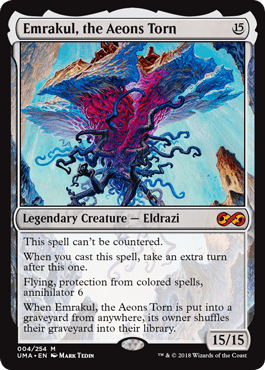
Although Emrakul remains one of the most powerful creatures in Magic’s history and a favorite target for Sneak Attacks and Through the Breaches in multiple formats to this day, it doesn’t have the highest mana value in Magic. Did you know that honor in fact goes to a card that was printed all the way back in 2000? The winner of this accolade is none other than the almighty Draco!

Draco may be the only 16-drop in Magic’s history and the only occurrence of a 16-mana symbol, but of course he was designed to be cast for a lot less than that. But as we’ve learned, even if you get to cast it for the low, low price of 6 mana, its mana value is still 16. Draco has the largest mana value in Magic, or it would if not for Unhinged shenanigans…

Wrap Up
We’ve gone through changes like introducing the colorless mana symbol (making it different from generic mana) and adding the 20 names for 2- and 3-color combos. Each of these changes was originally met with skepticism, and some lasted more than others. After all, we pretty much all use the given names for each color combo, but players still frequently mix up colorless and generic mana.
I think the Magic community has adapted to this change pretty well. I’m confident in saying it’s an overall positive change and I hope you think so too!
Be sure to follow Draftsim on X for more awesome and informative articles like this one.
Follow Draftsim for awesome articles and set updates: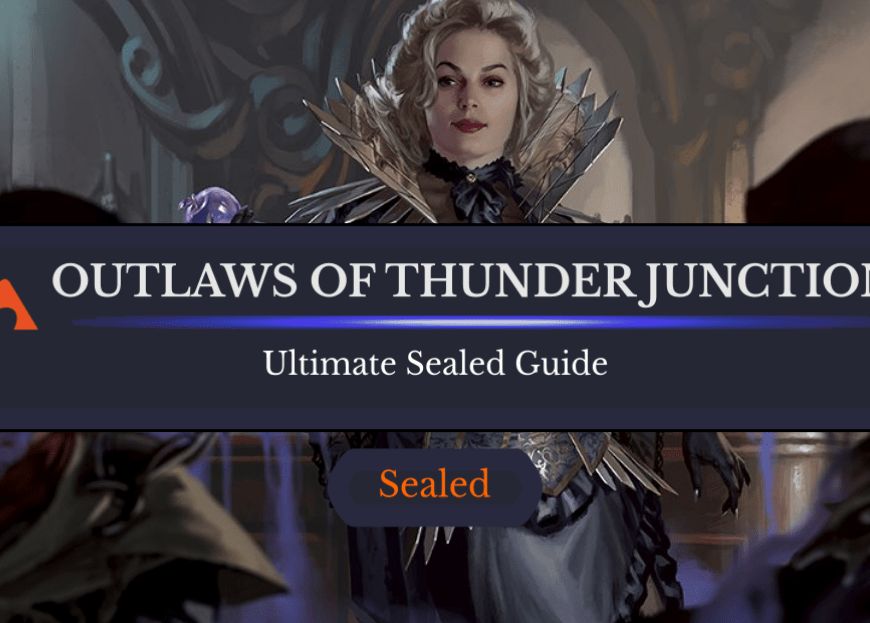

1 Comment
Is “amount to cast a spell” just the casting cost? CMC? (Smoldering Egg: a number of ember counters on Smoldering Egg equal to the amount of mana spent to cast that spell. Will the escalate cost on savage alliance add to number of ember counters?
Add Comment